Celebrating Womanhood: The Empowering Femininity of Xhosa Dresses
Celebrating Womanhood: The Empowering Femininity of Xhosa Dresses
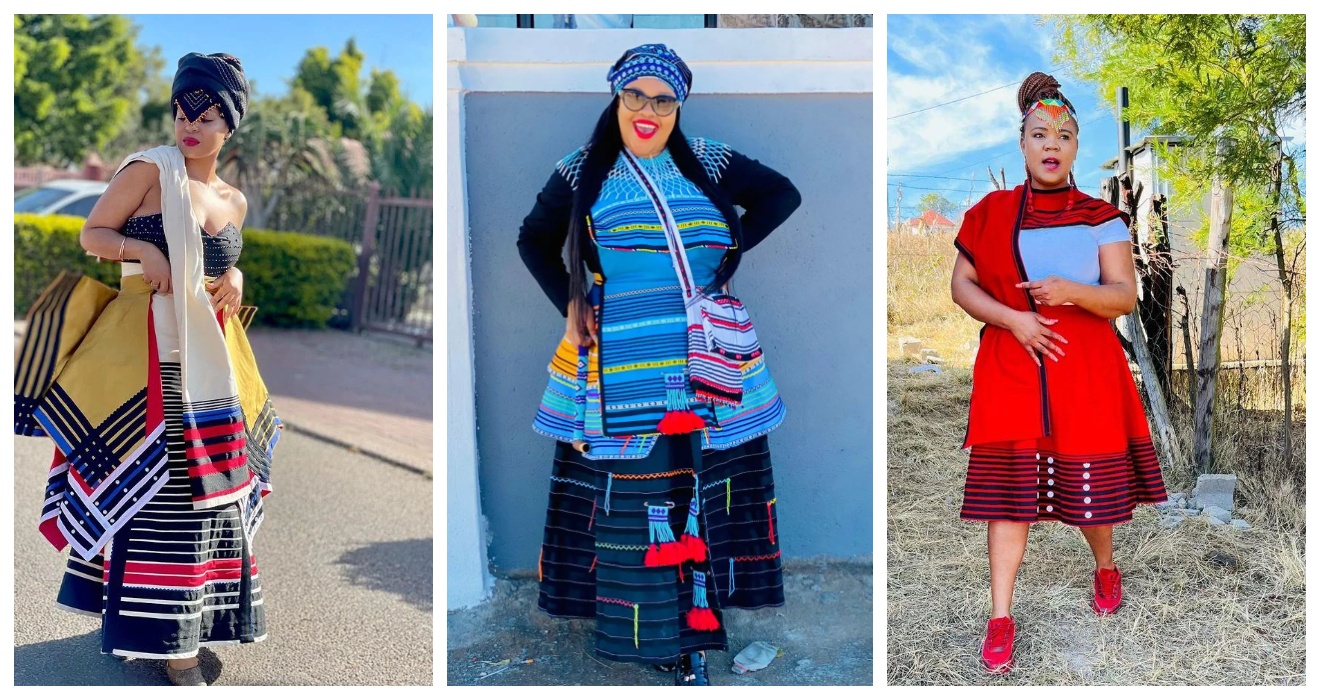
Introduction
When it comes to celebrating womanhood, few things are as empowering and visually stunning as Xhosa dresses. These garments have a rich history and cultural significance in South Africa, particularly among the Xhosa people. In this article, we will explore why Xhosa dresses hold such importance in celebrating womanhood and delve into their fascinating history.
The significance of Xhosa dresses in celebrating womanhood
Xhosa dresses are more than just pieces of clothing. They are symbols of strength, beauty, and cultural pride. By wearing these dresses, women embrace their femininity and assert their identity. Xhosa dresses are known for their vibrant colors, intricate patterns, and unique designs, all of which contribute to a sense of empowerment and self-expression. These dresses also play a significant role in important life events, such as weddings and coming-of-age ceremonies, where they represent the transition from girlhood to womanhood.


The history and cultural importance of Xhosa dresses
Xhosa dresses have a long history that dates back centuries. They are deeply rooted in Xhosa culture and traditions, reflecting the heritage and values of the community. The dresses are often handmade, with each design carrying its own symbolism and meaning. They showcase the skill and craftsmanship of Xhosa artisans and serve as a way to preserve and pass on cultural knowledge from one generation to the next. Additionally, Xhosa dresses hold social significance, as they can indicate a person’s social status and affiliation within the community.
In conclusion, Xhosa dresses are a powerful celebration of womanhood, carrying cultural significance and personal meaning for those who wear them. Their beauty, history, and ability to empower women make them truly special garments that honor and embrace femininity.
Traditional Xhosa Dresses
In the vibrant and rich cultural tapestry of South Africa, Xhosa dresses hold a special place. Celebrated for their bold and colorful designs, these dresses symbolize the empowering femininity of the Xhosa people.


Traditional elements and designs of Xhosa dresses
Xhosa dresses are known for their intricate patterns and designs. They often feature geometric shapes, zigzags, and bold contrasting colors. Unique elements such as ruffles, pleats, and fringes are incorporated to add a touch of elegance and femininity. The dresses are typically made with multiple layers, giving them a voluminous and majestic appearance.
Materials and colors used in Xhosa dresses
Xhosa dresses are traditionally made using a variety of materials, including cotton, silk, and lace. These materials are carefully selected for their quality and durability. The colors used in Xhosa dresses are vibrant and eye-catching, reflecting the celebratory nature of Xhosa culture. Bright hues such as red, orange, yellow, and blue are often used to create stunning and visually striking designs.
Whether worn for special occasions, ceremonies, or everyday wear, Xhosa dresses are an expression of pride and identity. They celebrate the essence of womanhood and serve as a reminder of the rich cultural heritage of the Xhosa people. By wearing Xhosa dresses, women embrace and honor their roots, fostering a sense of unity and empowerment.


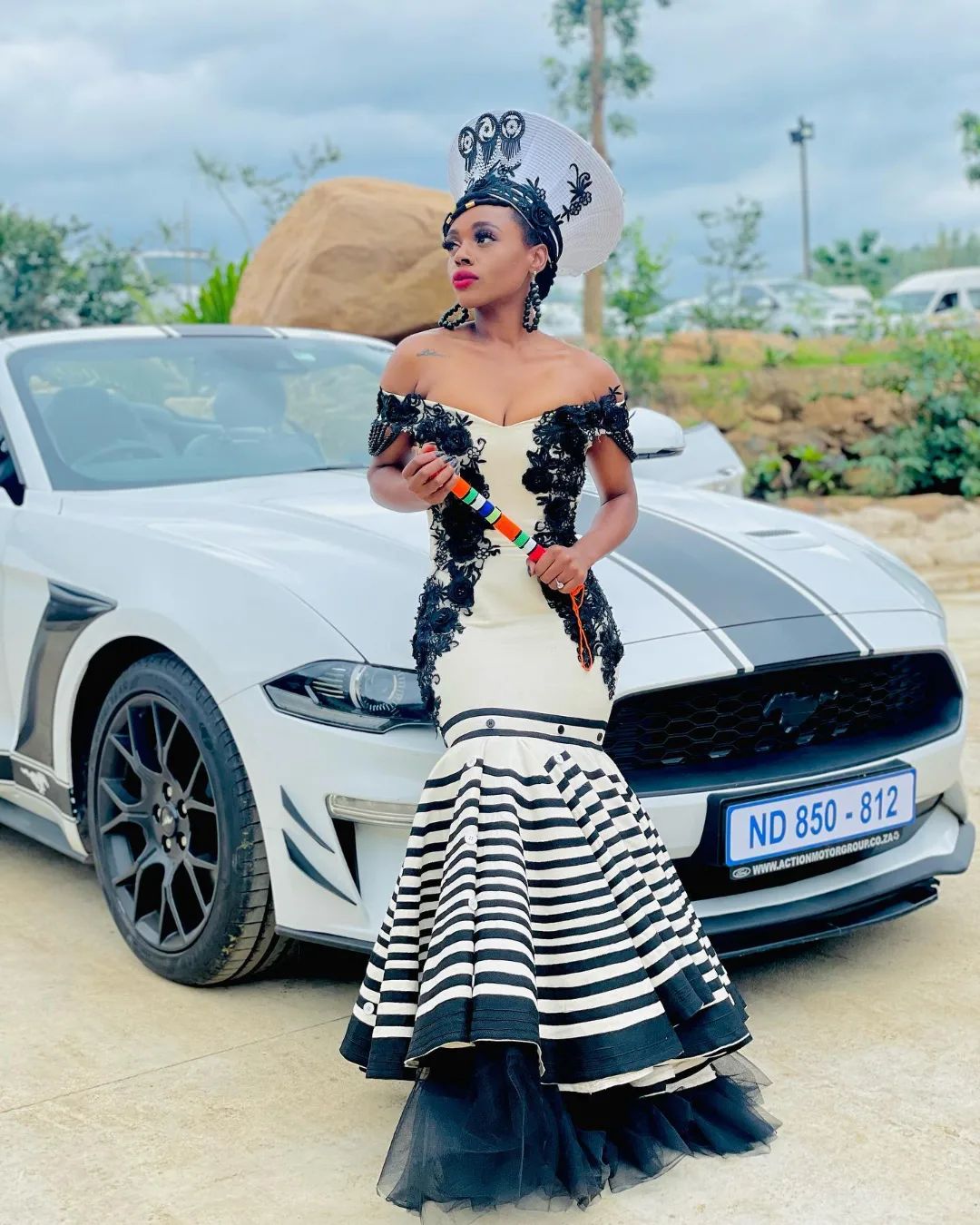
Contemporary Xhosa Dresses
Celebrating Womanhood: The Empowering Femininity of Xhosa Dresses
Xhosa dresses are not just garments; they are a celebration of womanhood and a symbol of empowerment. These dresses hold deep cultural significance for the Xhosa people of South Africa. Today, Xhosa dresses have evolved, blending traditional elements with modern adaptations and incorporating Western fashion trends.
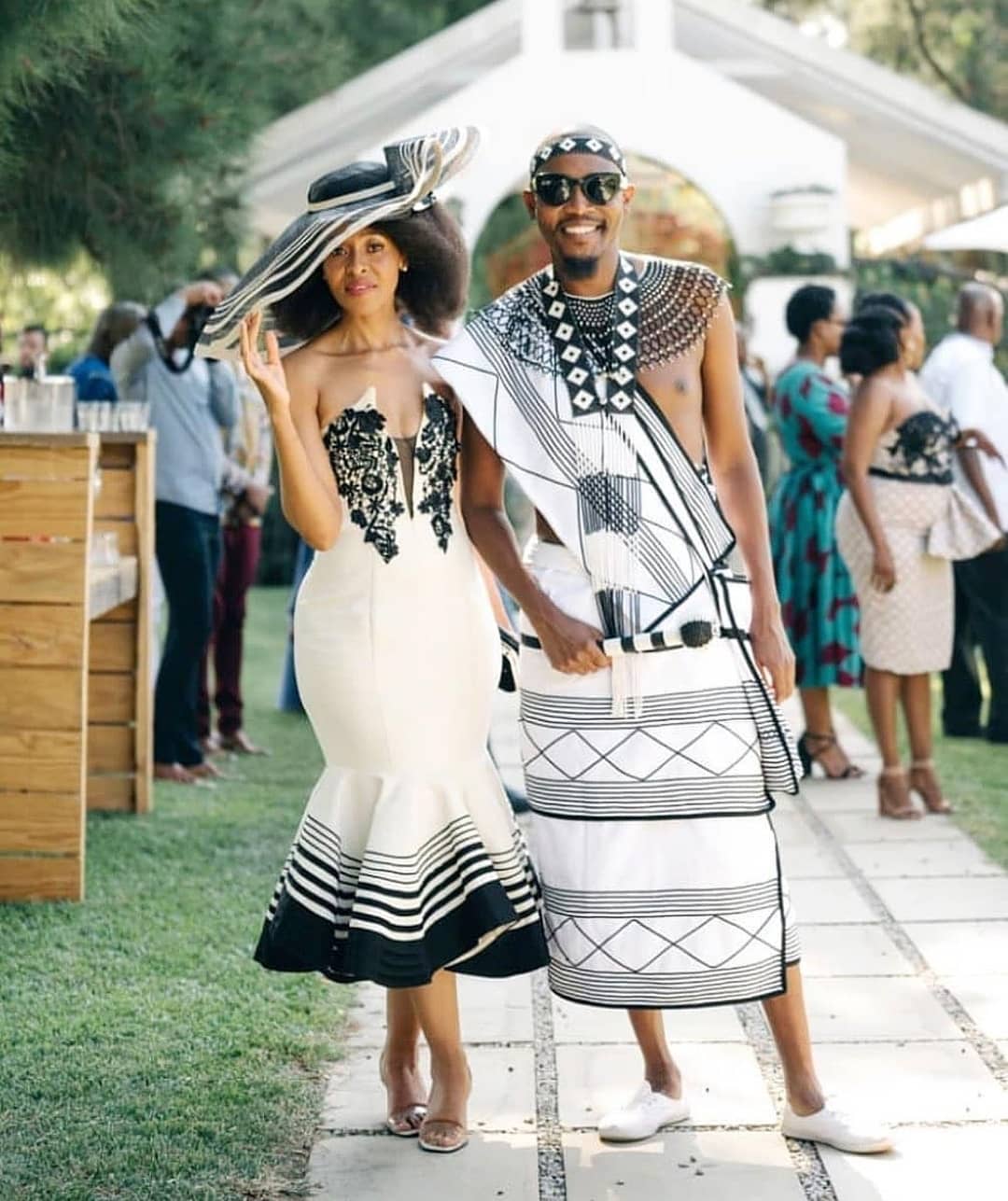

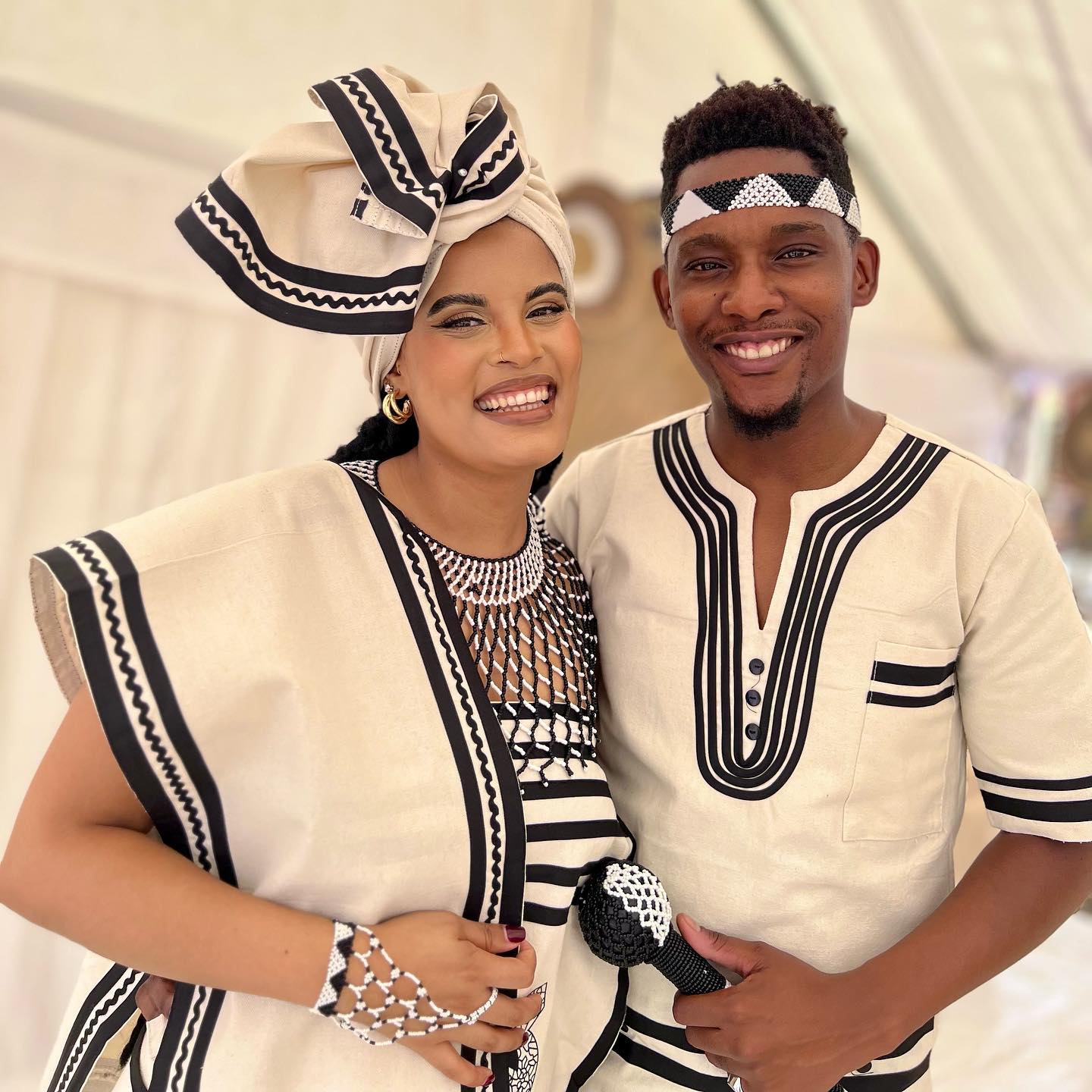

Modern adaptations and styles of Xhosa dresses
Modern Xhosa dresses have taken on new shapes and designs while staying true to their roots. They often feature vibrant colors, intricate patterns, and bold prints. Designers have added contemporary elements like asymmetrical cuts, off-the-shoulder styles, and high slits, creating stunning and fashionable pieces that still honor the cultural heritage.
Incorporation of Western fashion trends in Xhosa dresses
To keep up with the ever-changing fashion scene, Xhosa dresses have embraced Western influences. Designers have introduced elements like ruffles, fringes, and lace, blending the traditional with the modern. This fusion has allowed Xhosa dresses to reach a wider audience, gaining recognition not only within South Africa but also on international runways.
In conclusion, the contemporary Xhosa dresses reflect the dynamic nature of fashion and culture. They honor tradition while embracing innovation and Western influences. By doing so, they empower women and celebrate their femininity, showcasing the beauty and diversity of the Xhosa culture to the world.
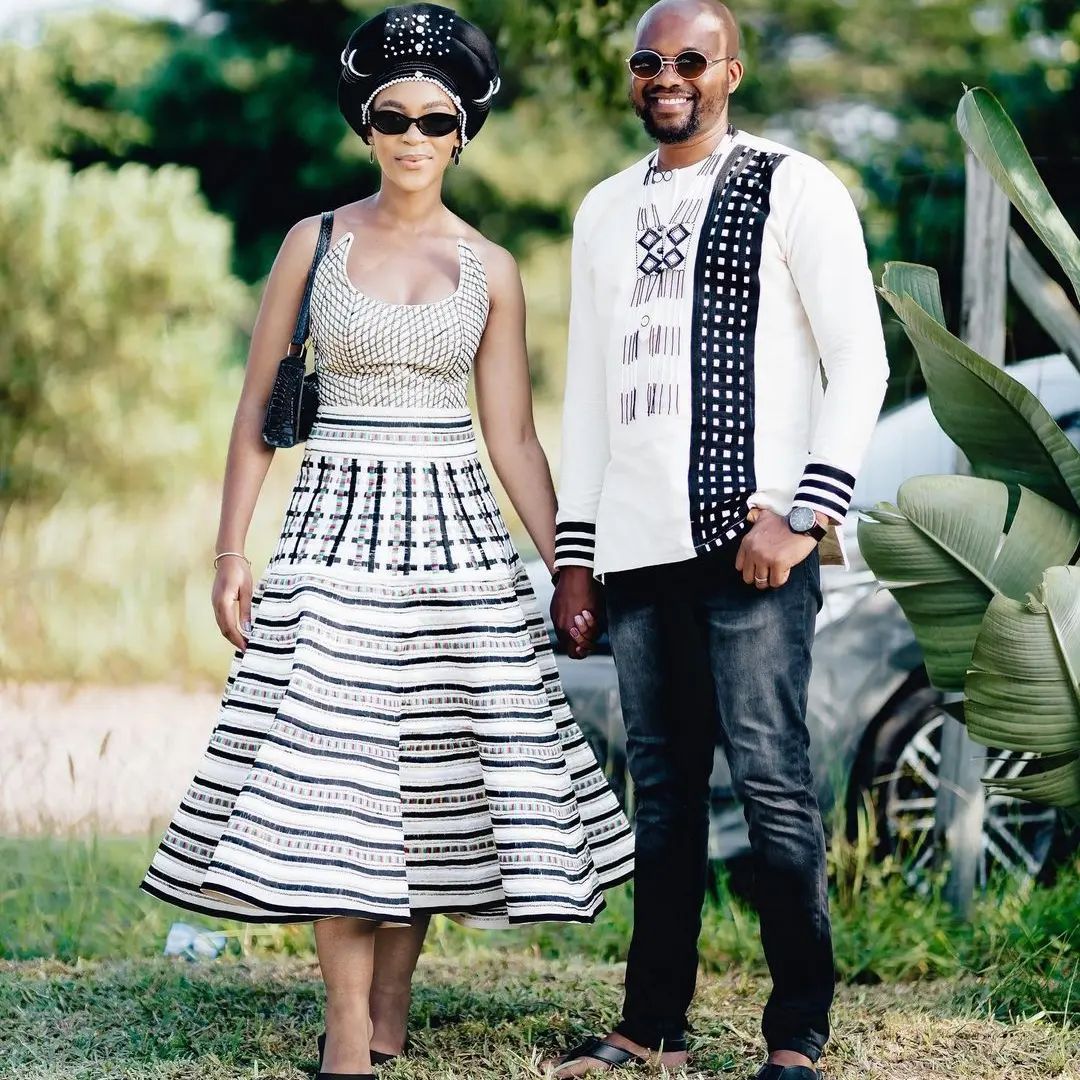
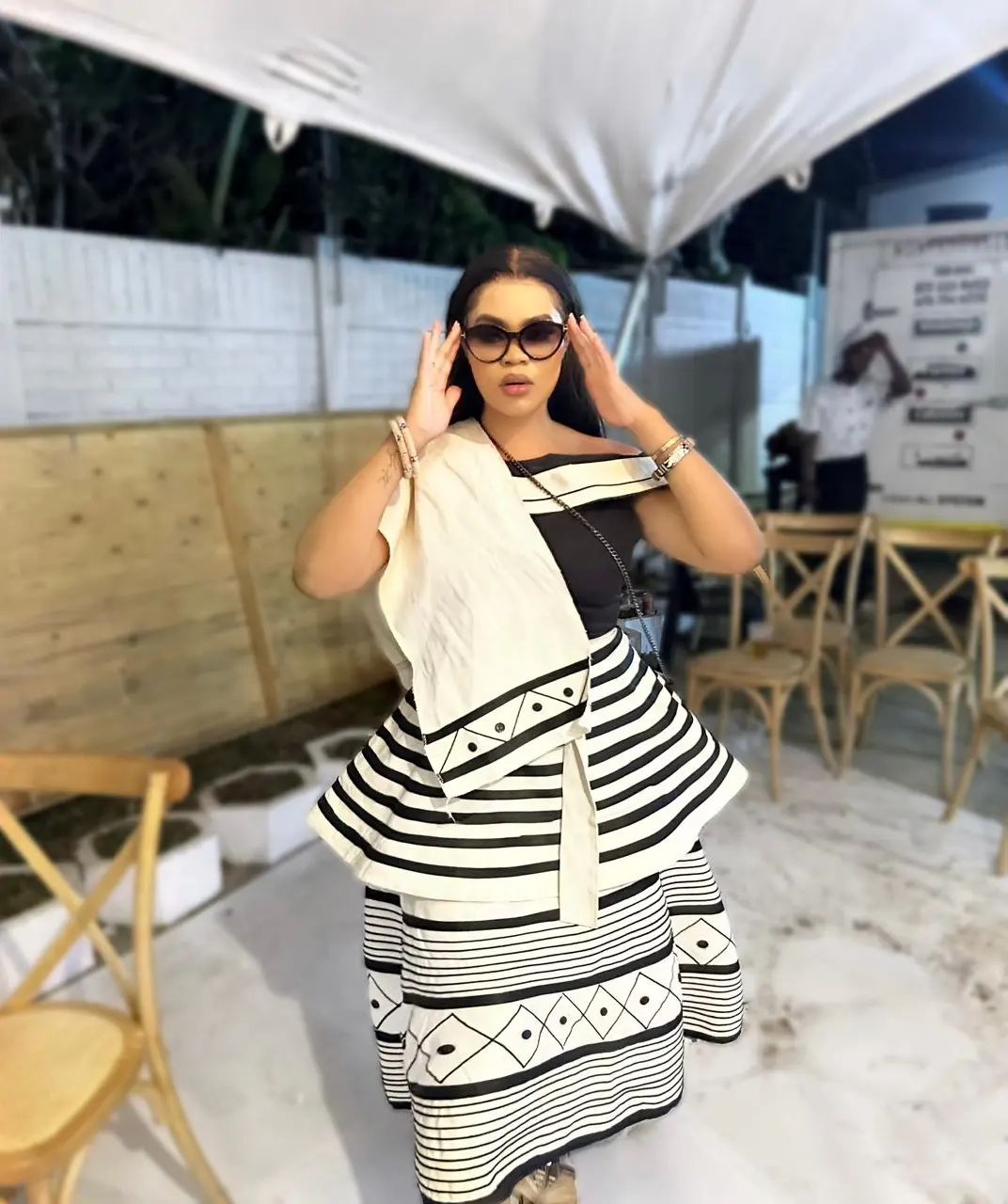
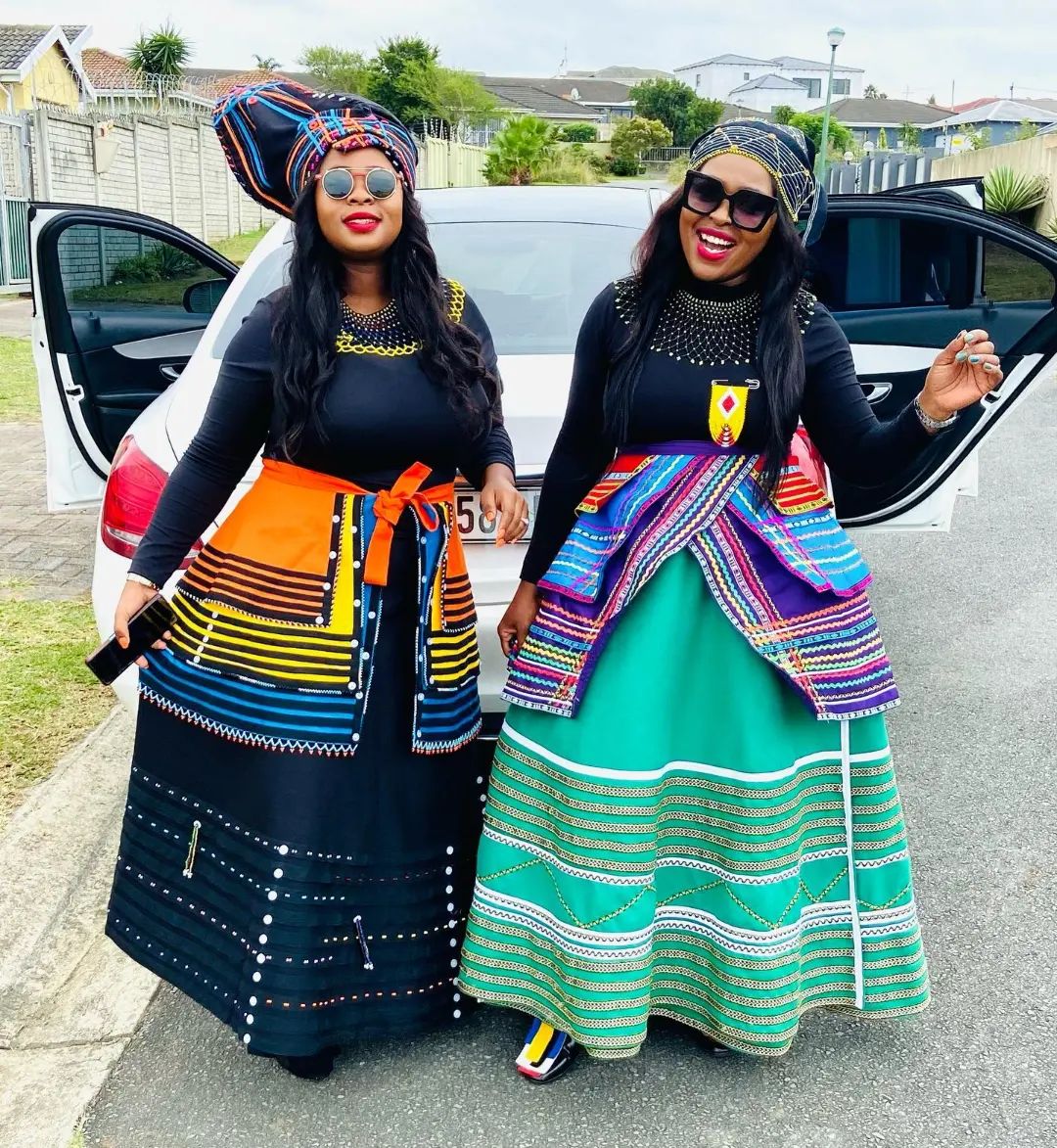

Empowering Women Through Xhosa Dresses
Promoting self-expression and confidence through Xhosa dresses
Xhosa dresses, traditional attire worn by women in the Xhosa tribe of South Africa, have become more than just a fashion statement. These vibrant and colorful garments have taken on a deeper meaning, promoting self-expression and confidence among women.
Xhosa dresses are known for their bold and intricate designs, showcasing the rich cultural heritage of the Xhosa people. By wearing these dresses, women can express their individuality and celebrate their unique identity. The vibrant colors and patterns of Xhosa dresses not only make a fashion statement but also serve as a visual representation of a woman’s strength and resilience.
Xhosa dresses as a symbol of female empowerment
Xhosa dresses have become a symbol of female empowerment, as they challenge societal norms and celebrate womanhood. In a society where women have historically been marginalized, these dresses serve as a powerful tool for cultural preservation and self-empowerment.
By wearing Xhosa dresses, women are reclaiming their identity and embracing their heritage. They are sending a message of strength and resilience, and breaking the barriers that have held them back for so long. These dresses symbolize the beauty and power of womanhood, inspiring women to embrace their own unique journey and celebrate their achievements.
In conclusion, Xhosa dresses empower women by promoting self-expression, confidence, and celebrating their cultural heritage. They serve as a reminder of the strength and resilience of women, and represent a powerful symbol of female empowerment.
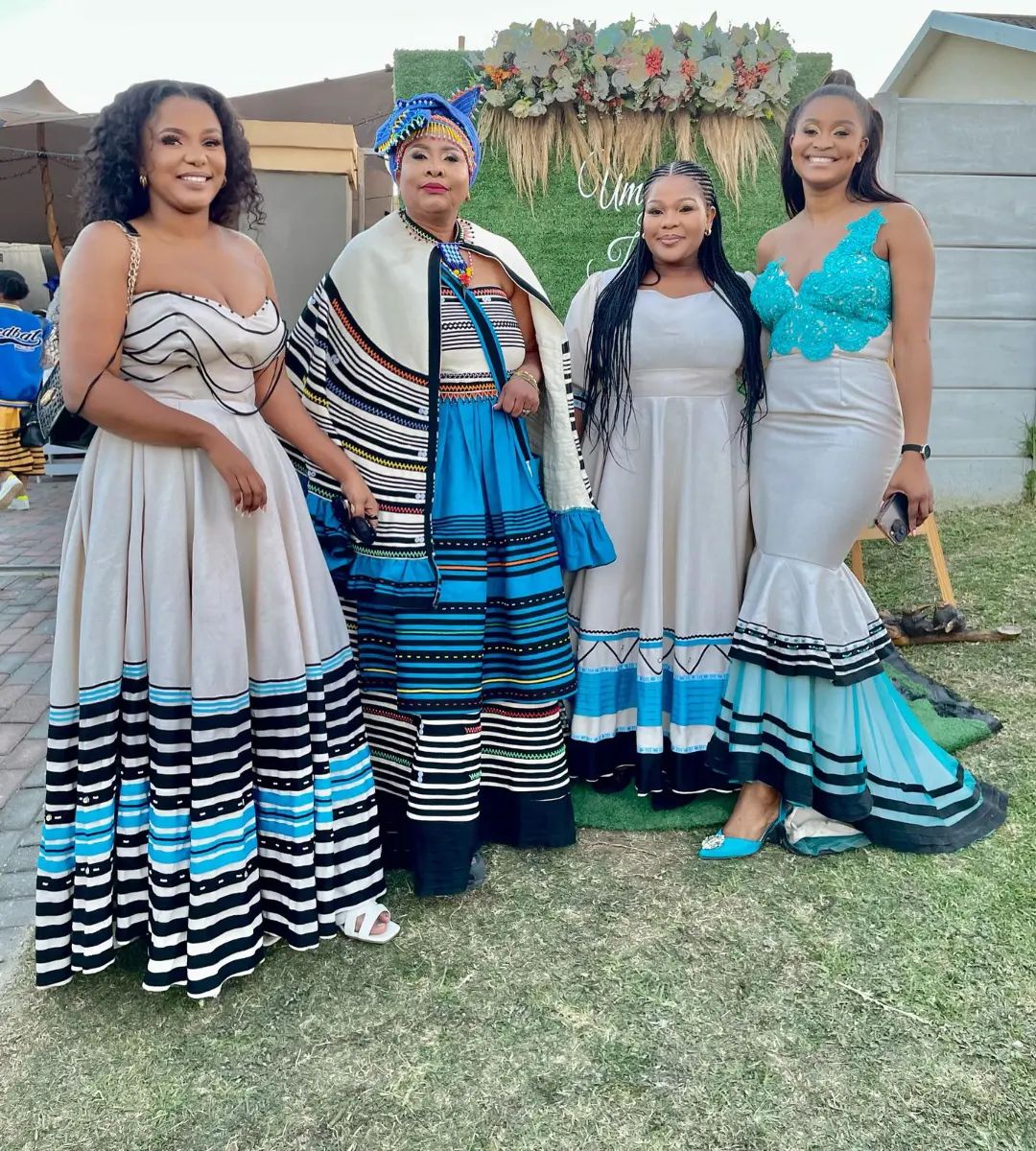
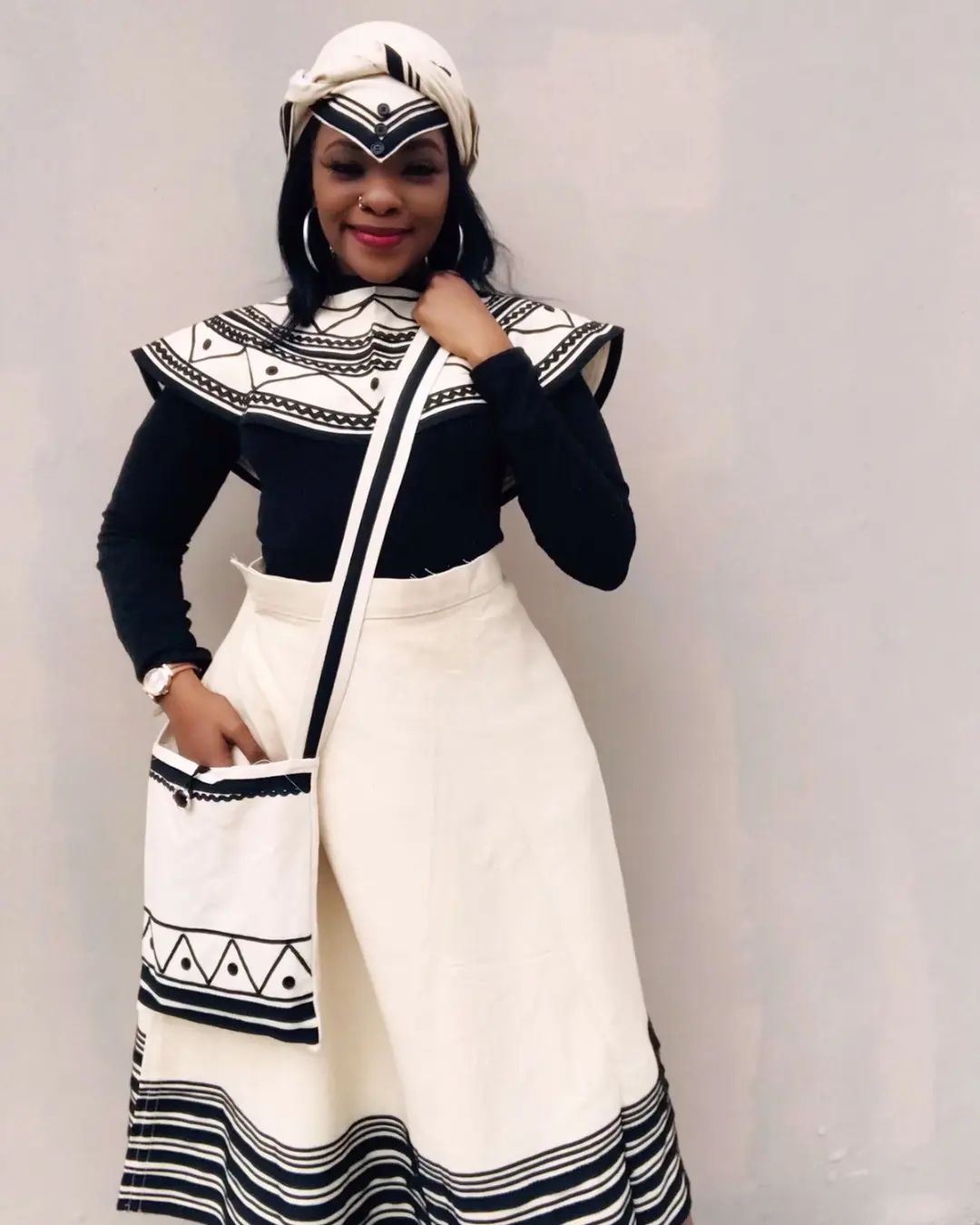
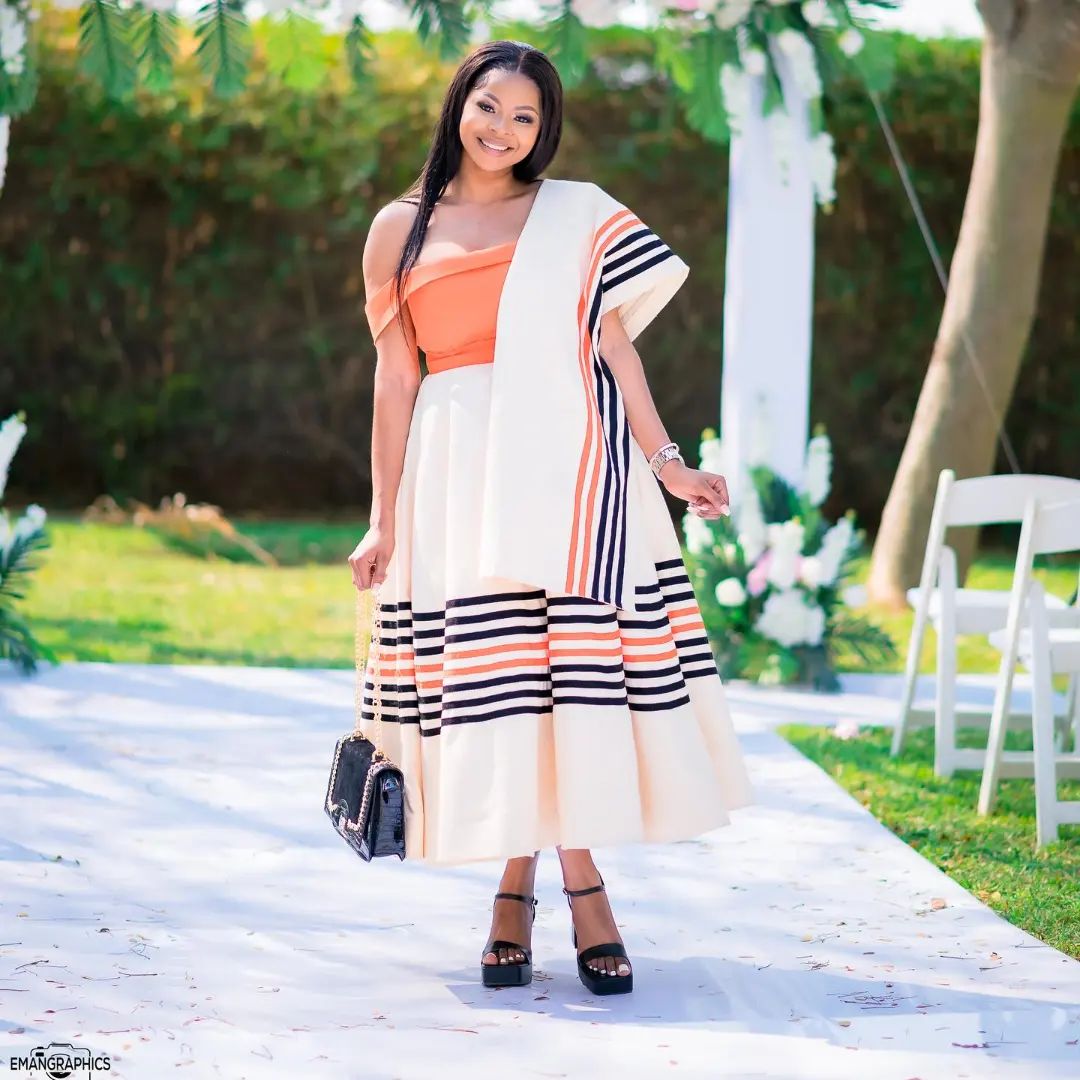
Impact of Xhosa Dresses on Society
Wearing Xhosa dresses is more than just a fashion statement; it is a celebration of womanhood and empowerment. These vibrant and intricate dresses not only showcase the rich cultural heritage of the Xhosa people but also challenge stereotypes and promote diversity.
Preserving cultural heritage through the promotion of Xhosa dresses
Xhosa dresses play a significant role in preserving the cultural heritage of the Xhosa people. Each dress is carefully crafted with traditional patterns and colors that hold deep symbolic meaning. By embracing and promoting these dresses, individuals are keeping their culture alive and passing it on to future generations. It allows the Xhosa people to connect with their roots and maintain a sense of pride in their traditions.
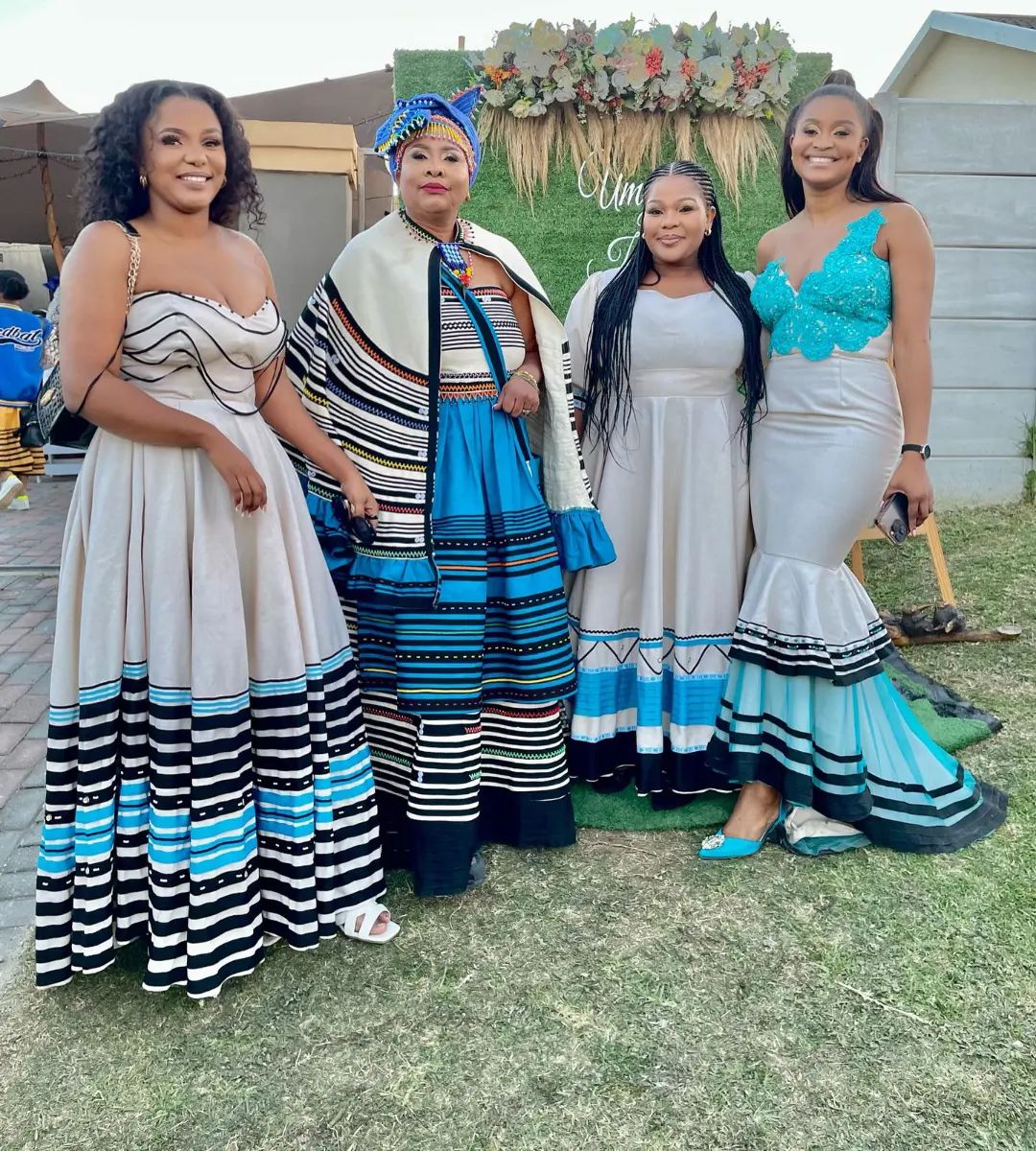
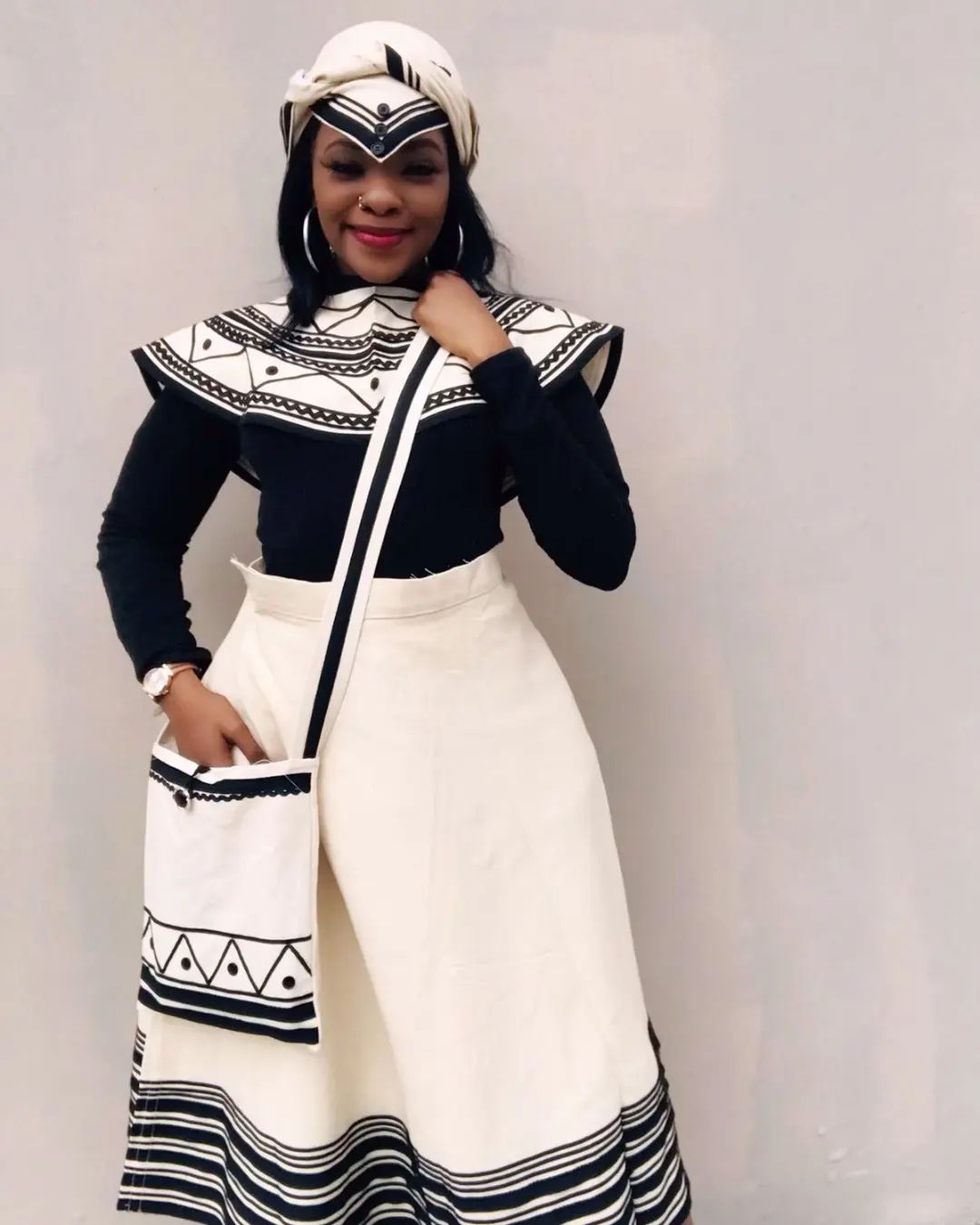

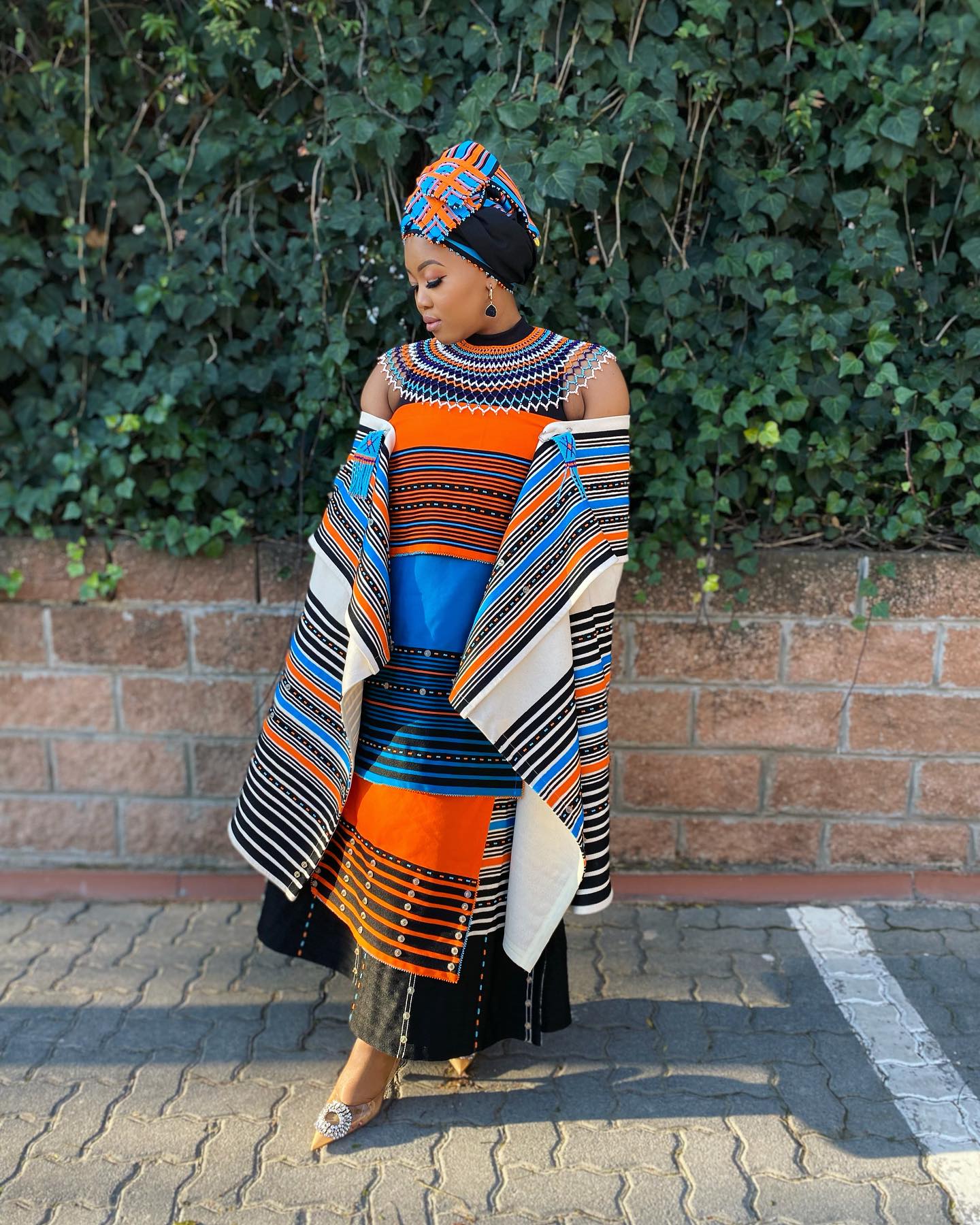
Challenging stereotypes and promoting diversity through Xhosa dresses
Xhosa dresses have gained popularity not only within the Xhosa community but also among people from diverse backgrounds. By wearing these dresses, individuals challenge stereotypes and break down barriers. It promotes inclusivity and diversity, highlighting the beauty and uniqueness of different cultures. Xhosa dresses create a platform for cultural exchange and appreciation, fostering understanding and unity among people from various walks of life.
In conclusion, Xhosa dresses have a profound impact on society. They preserve cultural heritage, promote diversity, challenge stereotypes, and empower women. By embracing these dresses, individuals contribute to the cultural mosaic that makes our society vibrant and inclusive.
Comments are closed.